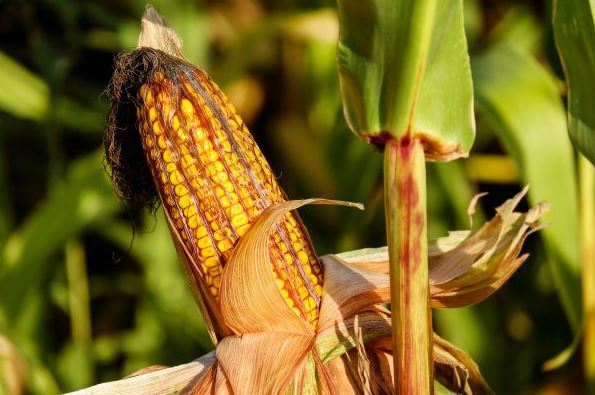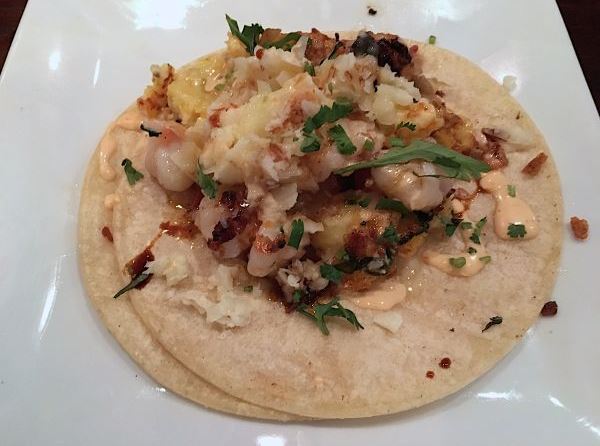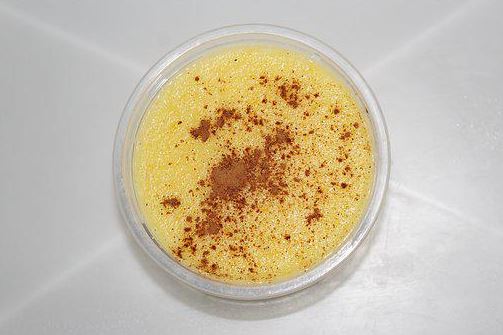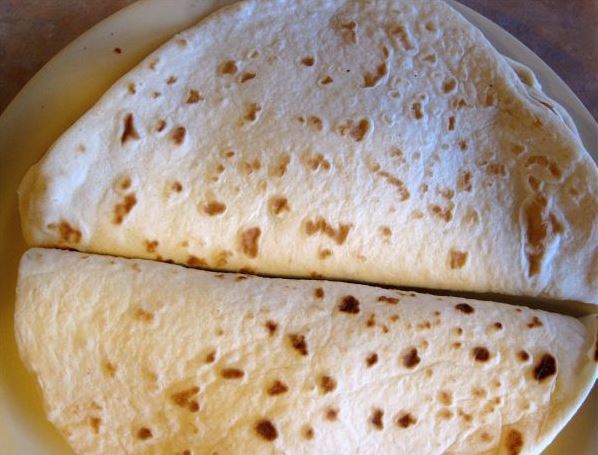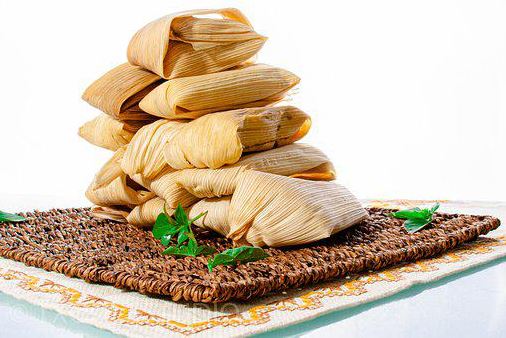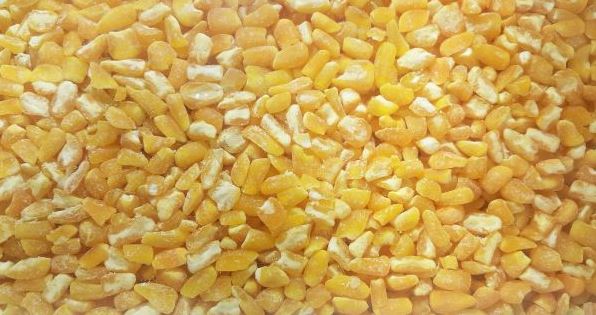We might all be familiar with corn, but not know exactly what hominy is. Basically, it’s a food that’s derived from corn and is very different from the kernels or cob that we usually associate with the grain. In Mexican cuisine, hominy is finely ground and used for making masa among other dishes. In its simplest form, hominy looks somewhat like puffy, fluffy kernels.
How is Hominy Made?
If we want to know more about holy hominy, the first step is looking at how it’s made. It’s the mature version of corn that has the hull removed. The hull is the thick, outer shell that covers every kernel.
Of course, it’s quite hard to remove the hull from mature corn, so the process is made possible by soaking the kernels in lime, lye, or hardwood ash that’s been dilute. This soaking will make the kernel’s inside expand quickly, causing the outer shell to split and reveal the fluffy, chewy kernel inside. Think of something like popcorn, but a bit wet and mushy.
The process of making hominy doesn’t just alter the appearance of the corn, but also increases the food’s nutritional content. It’s also good for preventing sprouting if you want to store the corn for a long time. Hominy probably came about as a presentation technique when people wanted to make their harvest stores last as long as possible through a harsh winter. When prepared in the right way, hominy kernels can have a complex taste and lovely aroma. They won’t smell like fresh corn, but perhaps more like fresh tortillas or grits.
What Happens After Nixtamalization?
The nixtamalization process also changes the corn in several other ways. However, perhaps the most significant of these changes is that the proteins and carbs in the grain change their very structure. This means that the grains, when ground up, will stick together when water is added to them. The grinding process will also become much easier, as the hard hulls on each kernel aren’t there anymore. This means that we can get the fine dough called masa quite easily and quickly once the kernels are dry.
Can We Make Hominy from Scratch at Home?
The process of soaking corn kernels to make homing is called nixtamalization. This work is derived from Nahuatl, the language of the pre-Columbian people in Mesoamerica. These were the people who came up with the soaking process. While it is possible to carry out the process from scratch at home, the ingredients could be risky. Plus, the whole process takes a lot of time and is probably best done by the experts.
What Does Hominy Look Like?
Like popcorn, one may expect hominy to be usually white. However, it can also be red, blue, and yellow according to the corn that was used to make it. We can also get whole hominy kernels in cans or a dried form.
Where Can We Get Hominy?
Several grocery stores might have canned hominy that is ready to use at home, though these are usually just the white or yellow kinds. If you want dried hominy, that might be a bit difficult to find if people in your vicinity don’t use it very often. Plus, it requires some soaking before we cook them, like beans or lentils. If we want to know more about the latter, here’s an ultimate guide to beans and legumes.
If you do find dried hominy, it will probably be in a bag like whole grains or dried beans are. Either form of hominy will be a great addition to the pantry; you can pull it out whenever you need a nutritious, fulfilling meal that’s also a bit different. Have a look at the health benefits of corn and rest assured that hominy will have a slightly more nutritious profile.
Keep in mind that the soaking will work best when it’s done for a long time. Some sources recommend that the soaking and simmering will take around 12 hours in total. This is why it’s probably best to soak your dried hominy overnight and then set about cooking it the next day.
How to Cook Hominy
As mentioned before, Mexican cuisine uses hominy for making masa, which is basically hominy ground to a fine form. Unlike corneal, this powder can be used as a flour for making dough, from which we can make tamales, arepas, tortillas, and other forms of breads. Grits are also hominy; they’re made from its dried and ground form.
Many cooks who make use of hominy utilize it as one of the ingredients in several dishes. It can add body and flavor to stews, soups, salsas, and several recipes. If we’re talking about Mexican cuisine, hominy is a good addition to posole, which is a hearty and popular stew that’s full of flavor.
The cooking method for dried hominy is mostly just like dried beans. You can boil them on a stove using a regular pot, or speed things up by using a pressure cooker or Instant Pot.
Of course, we can also prepare hominy as a dish by itself. At times, its unique flavor might get lost in the heavy dishes and be too overloading in light side dishes. This is why it’s necessary to follow a tried and tested recipe carefully and measure the flour or kernels properly.
There are also some sweet recipes that can work with hominy. It can work like a porridge at breakfast if you add syrup along with butter. For a side dish, one can cook it using broth. Masa, or hominy corn flour, is also a main ingredient when making atole, which is a rich and cream beverage with Mexican roots. Other ingredients in atole may include milk, water, vanilla, cinnamon, chocolate, etc. If we want atole can be heated up and served as a hot beverage during winter. Since it’s filling and nutritious, many people might prefer it as a breakfast drink to replace their usual smoothie or shake.
What Does Cooked Hominy Taste Like?
If we cook just hominy as a separate dish, it is easily edible but may not be very tasty if someone’s not used to it. Just like porridge, it’s good to add a few other ingredients if you don’t want a bland and mushy flavor. The most recommended additions are butter, pepper, and salt.
When cooked, the kernels will swell up due to the starch inside. Their texture will become gelatinous, especially when the hominy has been cooked whole instead of in its ground form.
Some describe the taste of hominy as being similar to sweet corn, but with more complex notes. It also tastes a little earthy. Others describe it as having a bit of a sour taste, with some mineral tones as well. This could mean the same as ‘earthy’ but one would probably have to try out hominy in order to determine if they’re fine with the taste or not.
How to Store Cooked Hominy
After cooking dried hominy, you can cover it up and refrigerate it for about a week. Cold hominy will heat up well in a microwave or on the stove. When frozen, cooked hominy can remain good for around three months. However, it’s always best to conduct a taste test and check out the package instructions to ensure that your hominy won’t go bad before that.
Canned hominy will probably go bad quite fast if it’s not used up very quickly. It’s probably best to leave the can sealed in the pantry until you have to use it. If there’s any canned hominy left over after a certain recipe, remove it from the packaging and store in a glass jar in the fridge. Use these leftovers as quickly as possible; preferably within a few days.
Conclusion
The discussion above tells us a lot about hominy and how it’s cooked. While this particular food may not seem palatable to everyone, the whole hominy experience depends on how it’s cooked and seasoned. If you don’t like hominy in one form, you’d probably like it in another. Everyone usually loves corn tortillas, after all, and those are made from masa. With the health benefits and versatility of hominy corn, we should try out this particular ingredient as soon as possible.
It’s good to try out new kinds of foods and experiment with unfamiliar ingredients, so give hominy a try if you haven’t done so yet. Check out your local grocery store or see if hominy is easily available for you online.

